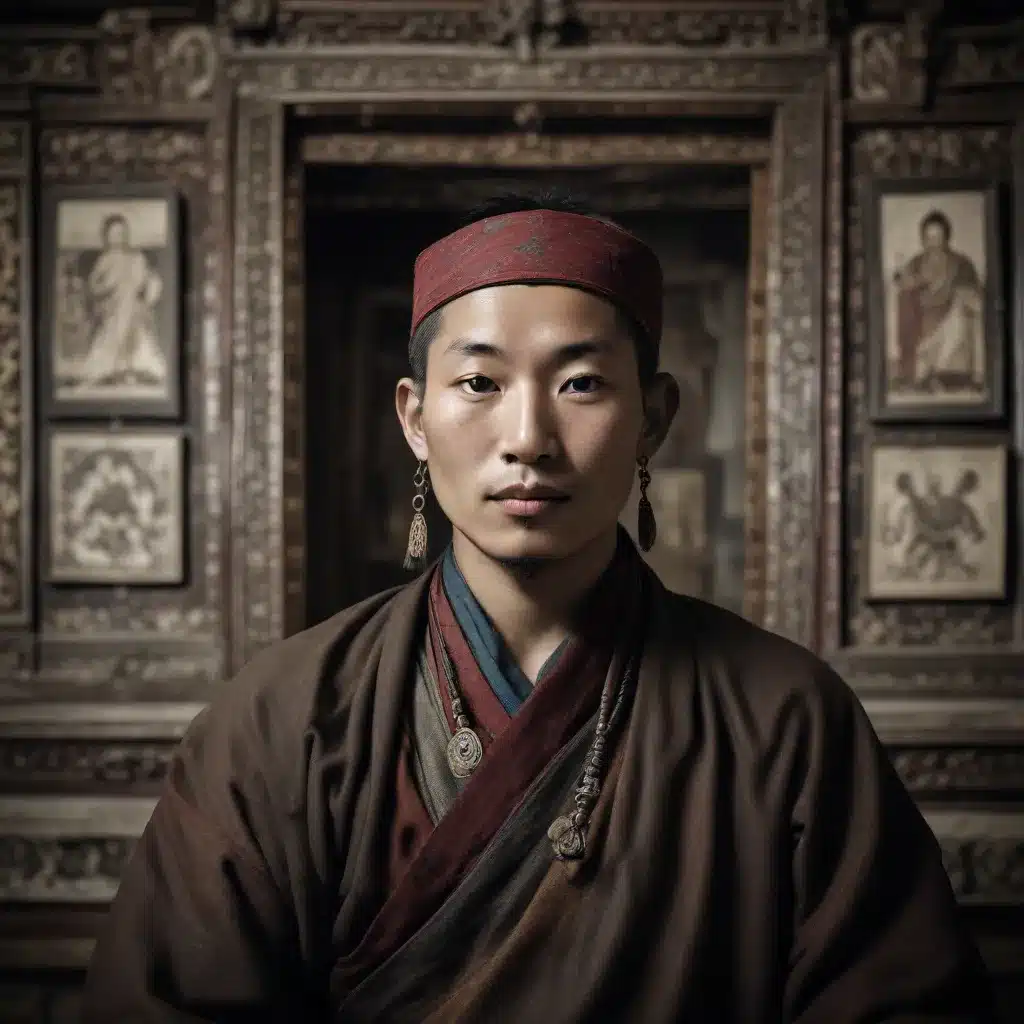
Representation of Tibetan Identity
For decades, the Musée du quai Branly and the Musée Guimet in Paris have served as caretakers of Tibetan cultural heritage, housing expansive collections of Tibetan artifacts and artwork. However, recent decisions by these esteemed French institutions have sparked outrage among Tibetologists, Sinologists, and the global Tibetan community. The museums have replaced the term “Tibet” with alternative labels such as “Xizang Autonomous Region” and “Himalayan World” in their catalogs and exhibitions, effectively erasing the distinct identity of Tibet.
This shift in terminology is not merely a linguistic preference, but a concerning political tactic aligned with the People’s Republic of China’s (PRC) efforts to reframe the narrative surrounding Tibet on the global stage. By adopting the Chinese-imposed term “Xizang,” these museums are complicit in the PRC’s longstanding campaign to deny Tibet’s historical and cultural autonomy, just as it has done with other occupied regions like East Turkestan (rebranded as “Xinjiang”).
Challenges to Preserving Cultural Narratives
Katia Buffetrille, a seasoned Tibetologist and researcher at the École pratique des hautes études, explains the gravity of this issue: “The Himalayas are simply the southern fringe of Tibet, a vast territory that corresponds to a quarter of present-day China. ‘Himalayan world’ is a geographical concept and cannot be considered a homogeneous cultural area. It is also an expression that is completely foreign to Tibetans themselves, who would never call themselves ‘Himalayan.'”
By adopting these terms, the French museums are not only rewriting Tibetan history but also aligning themselves with an ongoing propaganda campaign designed to legitimize China’s claim over Tibet. Tenzin Namgyal, a France-based Tibetan and member of the international Students for a Free Tibet group, eloquently captures the impact of this erasure: “Imagine here in France we call the French culture, some sort of Mediterranean culture just because there’s the Mediterranean sea. It doesn’t make any sense historically and scientifically.”
Curatorial Approaches and Bias
The decision to replace “Tibet” with alternative labels in these museums’ collections and exhibitions is not an isolated incident. It reflects a broader trend of cultural erasure and historical revisionism witnessed across various institutions, both in France and internationally, as they succumb to external political pressures from the PRC.
The appointment of Jean-Pierre Raffarin, the French government’s special representative for China, to the board of directors of the Musée Guimet in 2023, along with the presence of Chinese donors such as MGM and Poly Culture, raises concerns about the potential influence of political and economic interests on the museum’s curatorial decisions.
Furthermore, the Musée Guimet’s decision to host several exhibitions on China in 2024, the year marking the 60th anniversary of diplomatic relations between France and the PRC, suggests an unfortunate coincidence that has led to the suppression of Tibet in favor of the “Himalayan World” designation.
Tibetan Artifacts and Collections
Provenance and Acquisition Practices
The provenance of Tibetan artifacts held in the collections of prestigious institutions like the British Museum and the Metropolitan Museum of Art in the United States has consistently been credited to “Tibet.” In contrast, the French museums’ decision to adopt alternative terminology raises questions about the transparency and integrity of their acquisition practices.
Tibetologists and Tibetan advocates have expressed concern that these museums may have succumbed to the PRC’s demands in exchange for artifact loans or other financial incentives, compromising the museums’ scholarly and ethical responsibilities.
Preservation and Conservation Efforts
The Tibet Museum, a leading institution dedicated to preserving Tibetan cultural heritage, has released a statement expressing deep concern over the French museums’ decisions. The museum’s director, Tenzin Topdhen, emphasizes the importance of accurately representing Tibetan culture and identity in exhibitions, warning that the failure to do so undermines the integrity of these cultural institutions.
The Tibet Museum, as a proud member of the international museum community, urges the Musée du quai Branly and the Musée Guimet to reverse their decisions and restore the proper representation of Tibetan culture and identity in their exhibitions.
Visitor Engagement and Education
Exhibit Design and Visitor Experience
By erasing the term “Tibet” from their exhibitions, the French museums risk not only misrepresenting the historical and cultural context of the artifacts on display but also depriving visitors of a meaningful, authentic engagement with Tibetan heritage.
Tenzin Namgyal highlights the potential impact on the museum-going public, noting that some French people with memberships at the Musée Guimet have expressed their intention to cancel their memberships until the museum rectifies its labeling of Tibetan artifacts.
Inclusive Narratives and Perspectives
The decision to replace “Tibet” with terms like “Xizang” and “Himalayan World” is not merely a matter of semantics; it reflects a deeper issue of cultural erasure and the suppression of Tibetan voices and perspectives within these cultural institutions.
Community Outreach and Collaboration
Efforts by Tibetologists, Tibetan activists, and supporters to raise awareness and protest these changes have had a significant impact. A joint letter signed by 27 researchers, Tibetologists, and Sinologists generated widespread media attention, highlighting the growing public scrutiny of the PRC’s influence on cultural institutions worldwide.
Decolonizing Museum Practices
Repatriation and Restitution Initiatives
The ongoing controversy surrounding the French museums’ treatment of Tibetan artifacts underscores the need for a broader reckoning within the museum sector regarding the decolonization of their practices and the repatriation of cultural property to their rightful owners.
Representation of Marginalized Voices
The International Council of Museums’ (ICOM) Code of Ethics emphasizes the importance of ensuring that museum information is “well-founded, accurate and gives appropriate consideration to represented groups or beliefs.” By failing to accurately represent Tibetan identity, the Musée du quai Branly and the Musée Guimet are falling short of these ethical standards.
Institutional Accountability and Reform
As cultural institutions that hold a responsibility to the public, the Musée du quai Branly and the Musée Guimet must be held accountable for their decisions to align with the PRC’s political agenda. The global Tibetan community and their allies are calling for these museums to reverse their actions and restore the proper representation of Tibetan culture and identity.
The Reluctant Renovator firmly believes that museums, as guardians of human history and cultural heritage, must resist the influence of undemocratic foreign regimes and uphold the principles of truth, inclusivity, and respect for marginalized communities. The ongoing struggle to preserve the distinct identity of Tibet within these French institutions serves as a poignant reminder of the vital role that cultural institutions play in shaping our collective understanding of the world.



